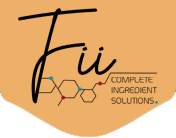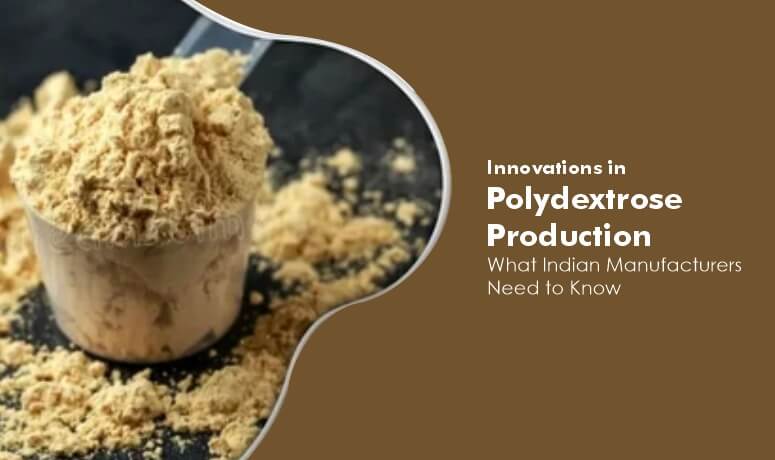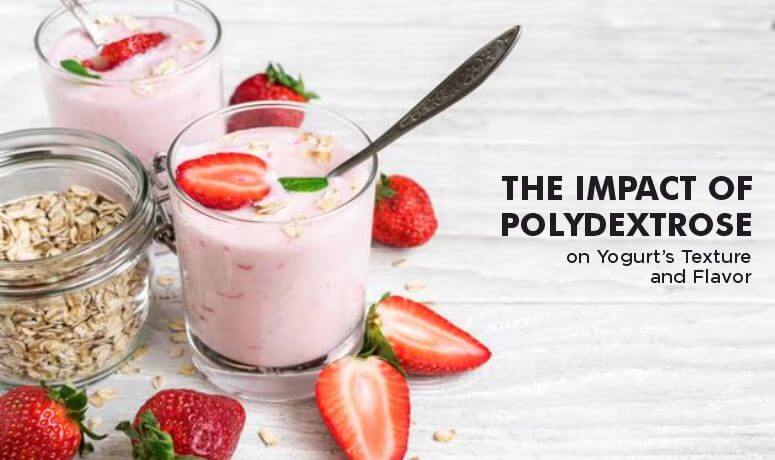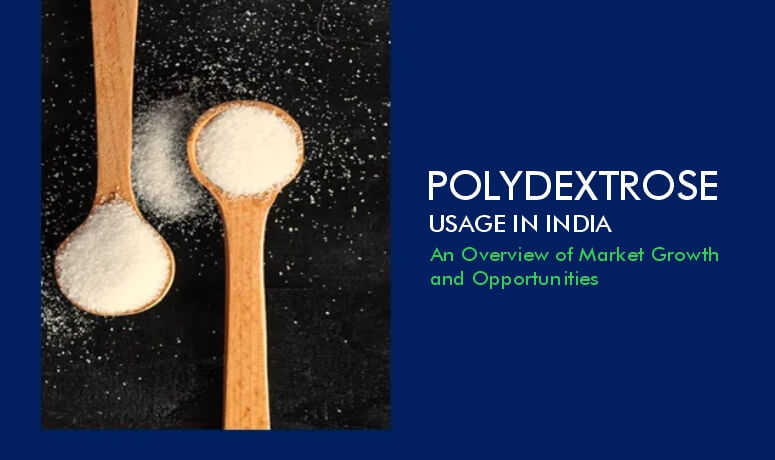Polydextrose has become famous recently because it is low in calories and good for you. This versatile ingredient meets the rising need for food products that are both healthy and useful. The Indian food business is open to new ideas, so manufacturers must keep up with polydextrose production changes. This detailed guide explores the latest technologies and trends that will affect the future of polydextrose powder, giving Indian businesses the resources they need to thrive in this ever-changing environment.
The Rise of Polydextrose: Understanding the Market Drivers
There has been a significant change in the Indian food industry regarding health and wellness. An increasing number of people are looking for items that are not only tasty but also good for them. This trend is making more people want sugar alternatives like polydextrose.
Here are some of the main things that are driving the market for polydextrose powder:
1. Growing Diabetic Population:
India has one of the most significant numbers of people with diabetes in the world. Polydextrose is a sweetener that is good for people with diabetes because it doesn’t substantially affect blood sugar levels.
2. Weight Control Concerns:
People are more aware of their health, which has made weight control more critical. Polydextrose is a good choice for people who are watching their weight because it is low in calories.
3. Functional Food Trend:
People are becoming increasingly interested in foods with extra health benefits. As a prebiotic, polydextrose helps keep your gut healthy, which fits with this growing trend.
4. Versatility in Use:
Polydextrose can be used for more than just sweetening. It makes food more interesting by adding structure, making it feel better in the mouth, and replacing fat.
These facts make it clear that the Indian polydextrose market has huge promise. Manufacturers need to know about the newest production method improvements to take advantage of this chance.
Innovation on the Horizon: Exploring New Production Technologies
The old way of making polydextrose includes many steps that use pricey materials and a lot of energy. But new technologies are making it possible for better and more long-lasting ways to do things:
1. Enzymatic Conversion:
This new technique uses enzymes to turn inexpensive carbohydrates into polydextrose. This method has many benefits, such as using less energy, having lower production costs, and maybe even getting better yields.
2. Bio-based Feedstock:
Corn or wheat-based carbs are usually used to make polydextrose. Scientists are looking into using different bio-based feedstocks, like cassava or tapioca, which might make the process more sustainable and lower the cost of production.
3. Continuous Processing:
The idea of constant processing challenges old ways of doing things in batches. This method lets production go on without stopping, which could lead to higher efficiency and lower costs.
Even though these new ideas are still in their early stages, they have a lot of potential for the future of making polydextrose. Polydextrose suppliers who keep up with these changes can set themselves up for long-term success.
Embracing Sustainability: A Key Differentiator in the Indian Market
Sustainability isn’t just a niche issue anymore; it’s something customers worldwide expect. As the Indian market becomes more eco-friendly, polydextrose companies must ensure that all their processes are environmentally friendly.
Some important things to consider about are:
1. Source Sustainable Raw Materials:
When buying feedstock to make polydextrose, work with sellers emphasizing environmentally friendly farming methods.
2. Reduce Energy Use:
To leave as little impact on the world as possible, look into production methods that use less energy, such as continuous processing.
3. Waste Management:
Use good waste management techniques to reduce the trash you make and look into ways to turn trash into useful products.
Indian makers can set themselves apart in a crowded market and help the environment simultaneously by using sustainable methods.
The Road Ahead: Challenges and Opportunities for Indian Polydextrose Manufacturers
The future of making polydextrose powder looks bright, but some problems need to be fixed:
- High Initial Investment: New production methods, such as enzymatic conversion, may require a significant initial investment.
- Regulatory Landscape: As new ways of making things come out, rules may need to change to keep products safe and of good quality.
- Consumer Awareness: It is well known that polydextrose is good for you, but making more people aware of this chemical can help the market grow even more.
Even with these problems, there are big possibilities for Indian companies that make polydextrose:
- Cost Reduction: New production technologies might lower the general cost of polydextrose, making it easier for more people to get it.
- Product Differentiation: Manufacturers who use new methods can make unique polydextrose products that have better functions and meet the needs of specific markets.
- Export Potential: Indian manufacturers can enter the global polydextrose market by working on environmentally friendly and cost-effective ways to make their products. This can make the business grow and be more competitive in a big way.
The Bottom Line
To sum up, the Indian market for polydextrose is full of opportunities. More and more people want excellent and valuable foods, and polydextrose powder will play a big part. Indian manufacturers can become leaders in this exciting market if they stay updated on the newest ways to make things, put sustainability first, and encourage teamwork across the entire value chain. When handled correctly, the future of polydextrose in India is not only bright, it’s also tasty!






Leave a Reply